Poznań 2021-10-26
The train "Greater Poland" in practice. 1964 - 1988
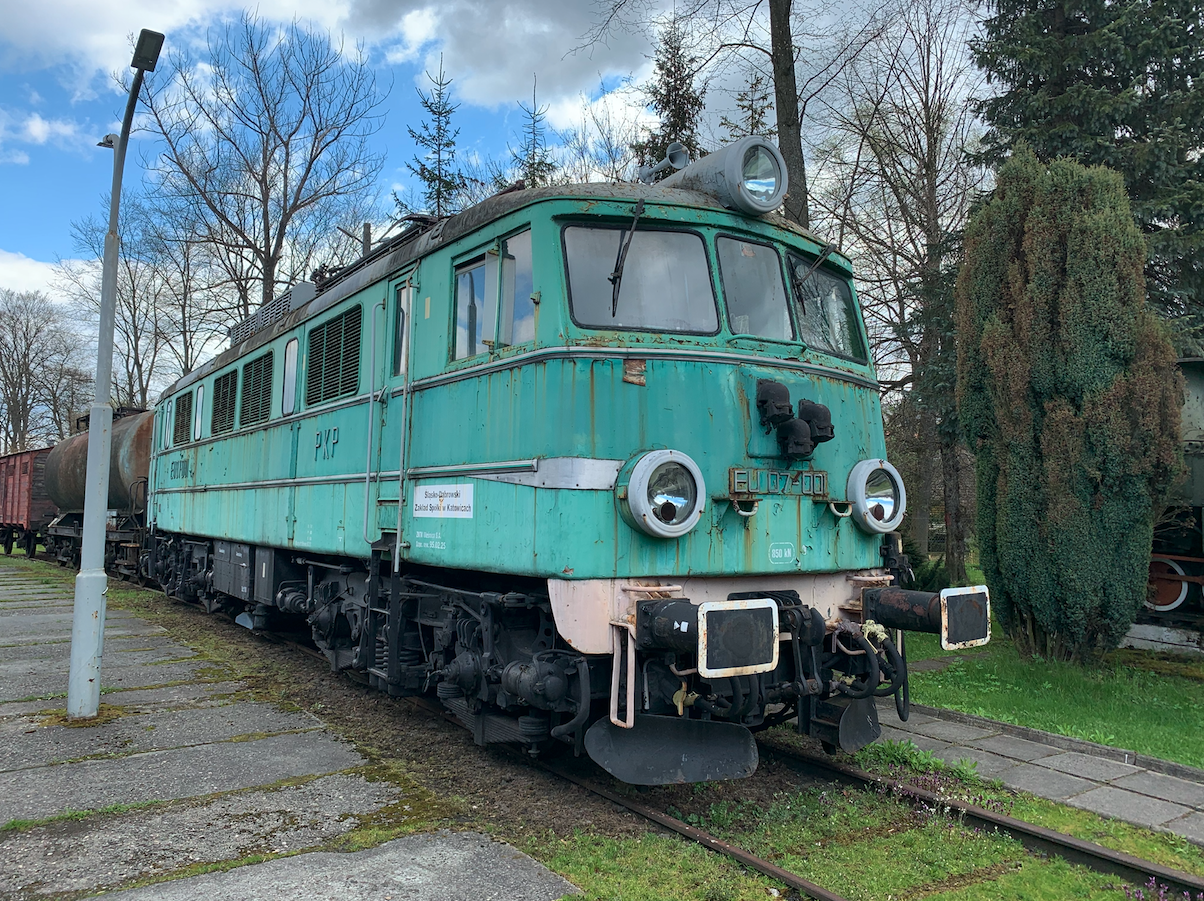
Description of the photo: Among others, this locomotive EU07-001 drove the trains of the train "Wielkopolanin".
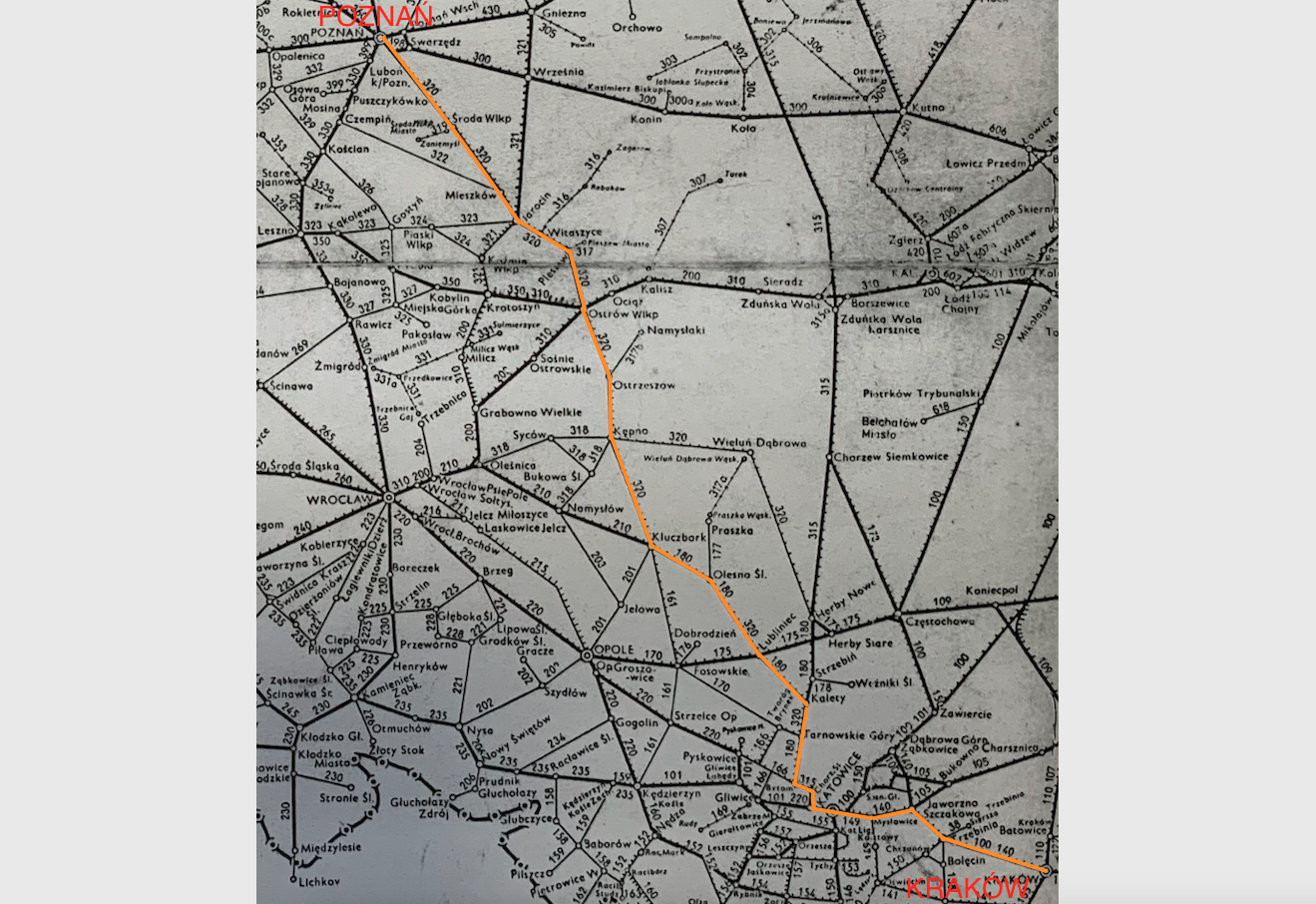
In Poland, the first express trains were launched in 1926. After the Second World War, in 1947, PKP re-introduced the category of express trains. In timetables, these trains were marked with the letter E, and then with the letters Ex. In 1962, there was a development of express connections in Poland. Not only Warsaw has obtained good rail connections with major cities in Poland, but also individual cities with each other. It was related to the commencement of serial production of EU07 electric locomotives, which were perfect for servicing fast and express trains on electrified railway routes.
In the railway schedule of the Polish State Railways from September 1961 to September 1962, a large number of new express trains appeared. Some of these connections were served by two trains, and the rest by one train. The latter meant that the train operated one way until noon and the other way in the afternoon. The exception was the Warsaw - Gliwice and Warsaw - Gdynia route, where as many as four trains ran.
It is worth mentioning that due to the still non-electrified fragments of individual routes, on these sections the expressways were guided by steam locomotives. There were situations when a steam locomotive was attached in front of the electric locomotive and this is how the non-electrified section of the trail was covered.
A single express train called Wielkopolanin was launched from Poznań to Katowice, the route of which was extended to Kraków in 1964. The relationship was overcome by one squad. Departure from Poznań took place at 06:00, and the train arrived in Krakow at 12:00. The train set off for the return journey at 4:00 p.m. and at 10:00 p.m. the train was in Poznań.
In the following years, many express trains were degraded to the level of a fast train. This was due to the low profitability of the "Wars" dining wagon, which was turned into a "Wars" buffet wagon, where the standard products offered were: bigos, tripe and baked beans. In addition, coffee, tea and beer. In some trains, even the buffet wagon "Wars" was being liquidated. This was the case, for example, with the train "Wielkopolanin". But instead, there were traveling sellers on the trains who offered PepsiCole (from 1973), "Kryniczanka" water, and "Podwawelskie" beer produced in the brewery at Lubicz Street near the Kraków Główny railway station.
The "Wielkopolanin" train had numbered seats and passengers were required to seat tickets for 10 zlotys. Seats were sold only at the starting stations, and a ticket with a seat reservation could be purchased at the earliest 30 days before the planned journey. The cashier marked the sold spots on a special binder print. The traveler received a cardboard ticket and a cardboard seat. Travelers who boarded at the intermediate stations, if they were lucky and found a free seat, presented their tickets and bought a seat when the conductor arrived.
The "Wielkopolanin" train from Poznań usually departed from Platform 1. In Kraków, the train ended its run at Platform 2A, which was the leading platform. This platform was located in the place where Galeria Krakowska is currently located. Next to the platform, there were numerous railway tracks where passenger trains were waiting and where they were cleaned.
The train "Wielkopolanin" consisted of 6-8 cars, including 1-2 cars of the 1st Class. All wagons belonged to the "Y" series. All wagons were with compartments. There was steam and electric heating. Lighting in the compartments and in the corridor was provided by lamps with fluorescent tubes. At that time, the carriages were divided into smoking and non-smoking areas. There were additional ashtrays in the smoking compartments. The windows in the wagon were divided into an upper part that opened downwards and a fixed lower part. There were folding tables in the compartments, the larger two by the window and two smaller by the door. Openers for bottle caps are placed underneath the tables. Above the seats there are numbers with the number of the seat. In addition to the number of places, there were pictures-photos with views of Poland and a mirror. There are double shelves for luggage above the heads of the passengers. Shallow lower for small luggage, deeper higher for suitcases. The regiments are made of aluminum alloys, in silver or gold. Gold-colored aluminum alloys were specially developed for the Hungarian Railways at PaFaWag at the beginning of the 60's.
Each car had two toilets near the front door. The toilets were open, so they could only be used while the train was running. The water in the sink in the 1st Class toilet was often warm.
In the 1st Class, there were 9 compartments in the car and in each compartment 6 places with seats extended by 10 cm. Each passenger had an individual lamp at their disposal. There was carpeting on the floor, which made the compartment a bit quieter. The wagons were painted dark green from the outside. There is a yellow (gold) stripe above the windows. At the front door there is a white class number and the information "smoking", "non-smoking".
In the 2nd Class, there were 10 compartments in the car with the same length of the car. Therefore, it was a bit tighter in the compartment. There are 8 places in the compartment, 4 places each on two sofas. The wagons were painted dark green with no yellow stripe over the windows.
If there was a "Wars" bar car in the train, it had half the car with 2nd Class compartments. The rest was the buffet and standing tables.
The "Wielkopolanin" train from Poznań traveled through the following stations: (Route No. 320), Środa Wielkopolska, Jarocin, Ostrów Wielkopolski, Kępno, Kluczbork, (Route No. 320 and 180), Lubliniec, Tarnowskie Góry, Bytom (Route No. 315), Katowice , (Route No. 140), Mysłowice, Trzebinia and Kraków Główny. The length of the route is 399 km. The entire route was double-track and electrified.
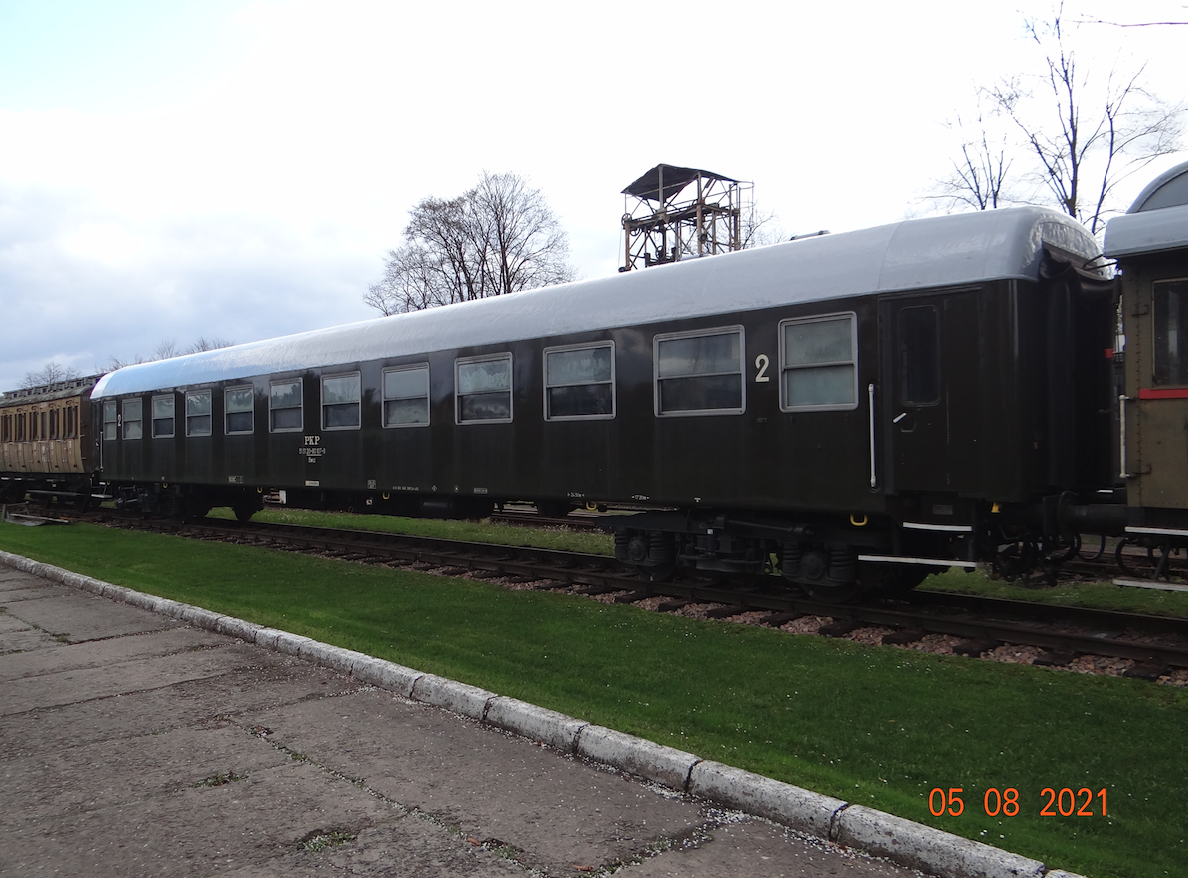
Description of the photo: A typical wagon of the "Wielkopolanin" train. The wagon belongs to the "Y" type and is marked 111A, Bwxz (51 51 20-80 107-8). The wagon is derived from wagon 104A. It was produced in HCP plants. In total, within 20 years (1969 - 1989), 2,825 wagons of this type were built. To date (2021), about 1,500 wagons are in use, which have been subjected to various modernizations. The wagon is 24.50 m long. 2.91 m wide. Height 4.06 m. Service weight 39 500 kg. Speed 120 km / h. The car has 80 seats. The car can accommodate 170 passengers. The presented wagon was renovated in 2015 and belongs to the original ones.
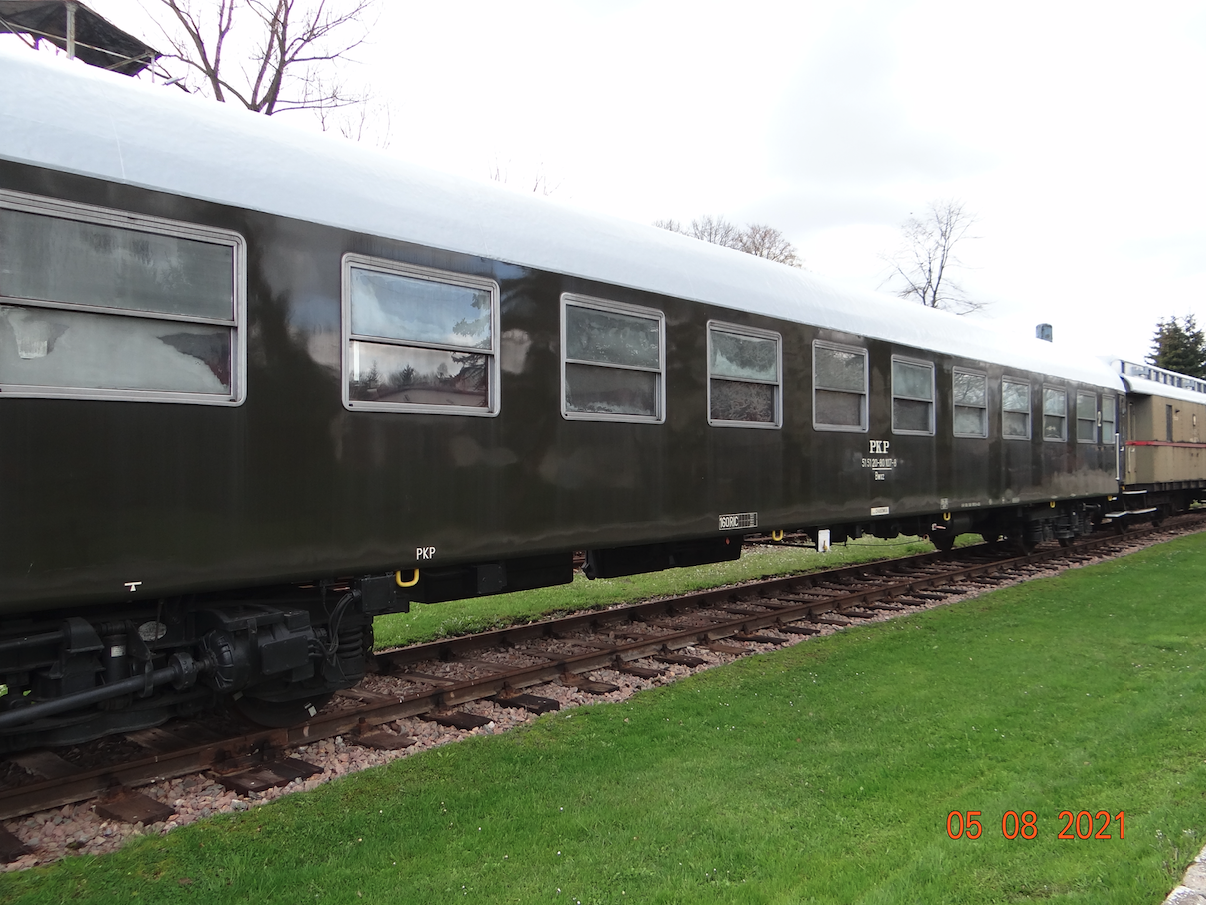

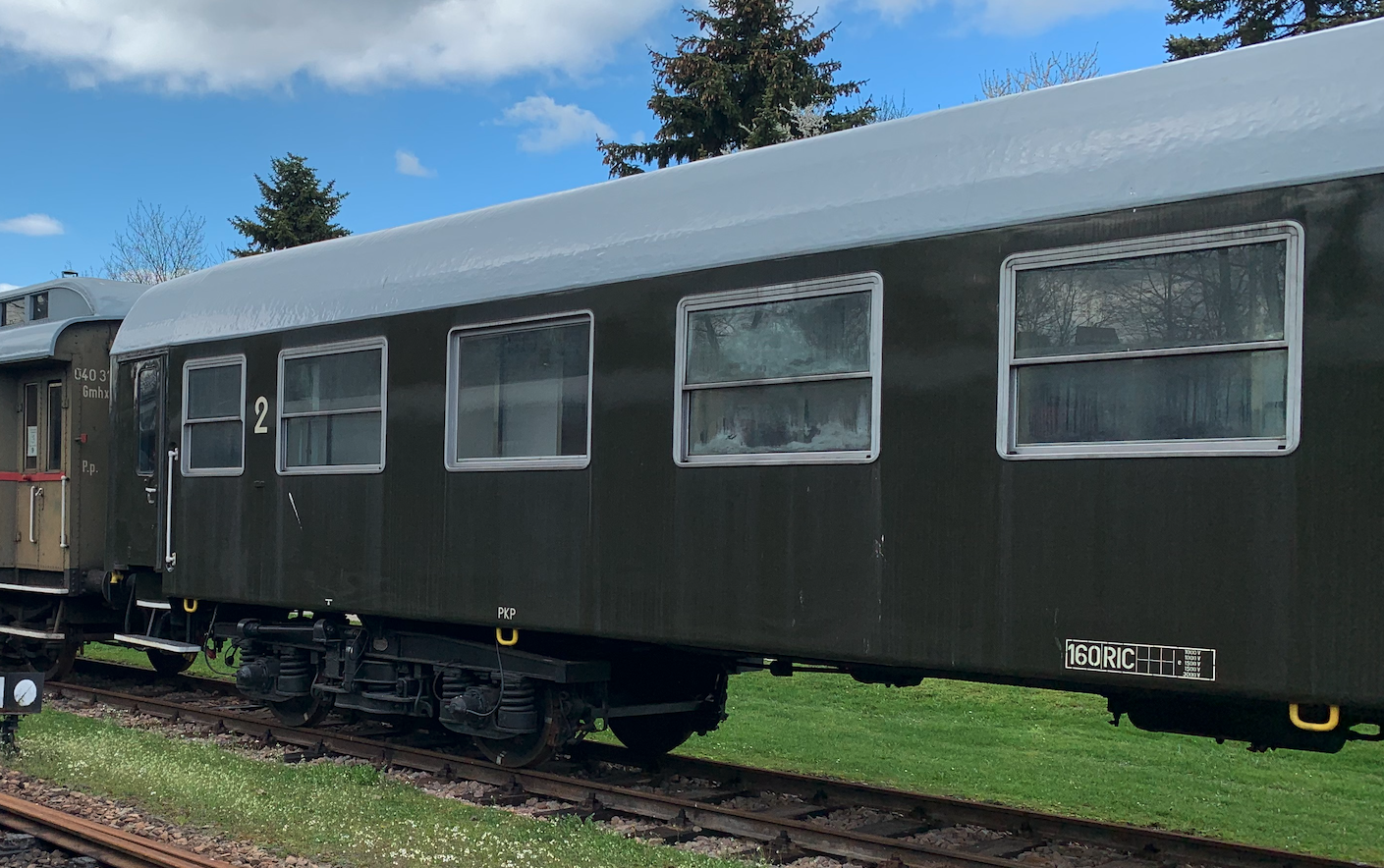
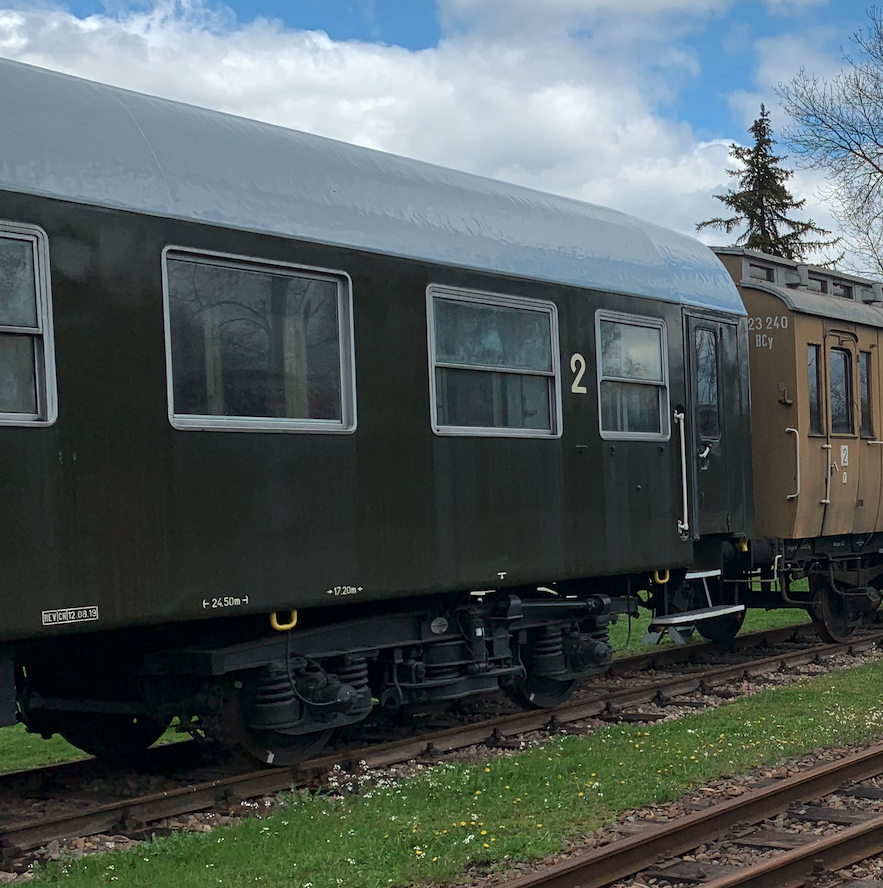
Written by Karol Placha Hetman
